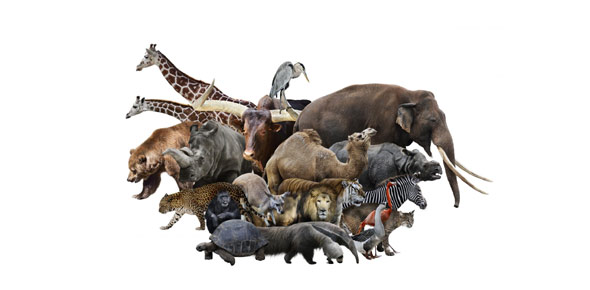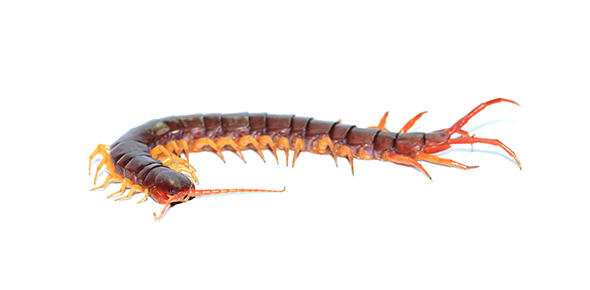Related Flashcards
Cards In This Set
| Front | Back |
|
Phylum Platyhelminthes Class Turbellarians are what kind of organisms?
|
Planarians
|
|
Where can you find them?
|
Freeliving_ nearly all aquatic
|
|
Describe the epidermis:
|
Ciliated epithelium with rhabdites that discharge mucus (used in locomotion, attachment and prey capture)
|
|
Describe the mesoderm:
|
Becomes muscle layers with parenchymal cells, neoblasts and reproductive organs
|
|
Describe the gastrodermis:
|
Has secretory and nutritive cells
|
|
How is locomotion accomplished?
|
By cilia or muscular action
|
|
Describe feeding and digestion:
|
Carnivores with sac body plan. mouth is ventral with pharynx to ingest food.
|
|
Describe the nervous system:
|
Varies from nerve plexus in Acoela to ladder system with cerebral ganglion in Polycladida
|
|
What kinds of sensory organs do they have?
|
Ocelli, chemoreceptors, tactile receptors, rheoreceptors, and statocysts
|
|
Give an example of a Turbellarian.
|
Dugeseia spp.
|
|
What organisms come from Class Monogenea?
|
Small ectoparasites with direct life cycles (require one host) they are monogenetic flukes
|
|
What do monogeneas parasitize?
|
Fish, frogs, turtles with some within the body cavities (lower aquatic vertebrates)
|
|
Where is the opisthaptor and what is it?
|
Posterioventral side of the body and it is a holdfast
|
|
What are the larva called in Class monogenea?
|
Oncomiracidium
|
|
Give an example of Class Monogenea.
|
Polystoma integerrium: in frog bladder; its lifecycle is linked to the kairmones of the frog
|





